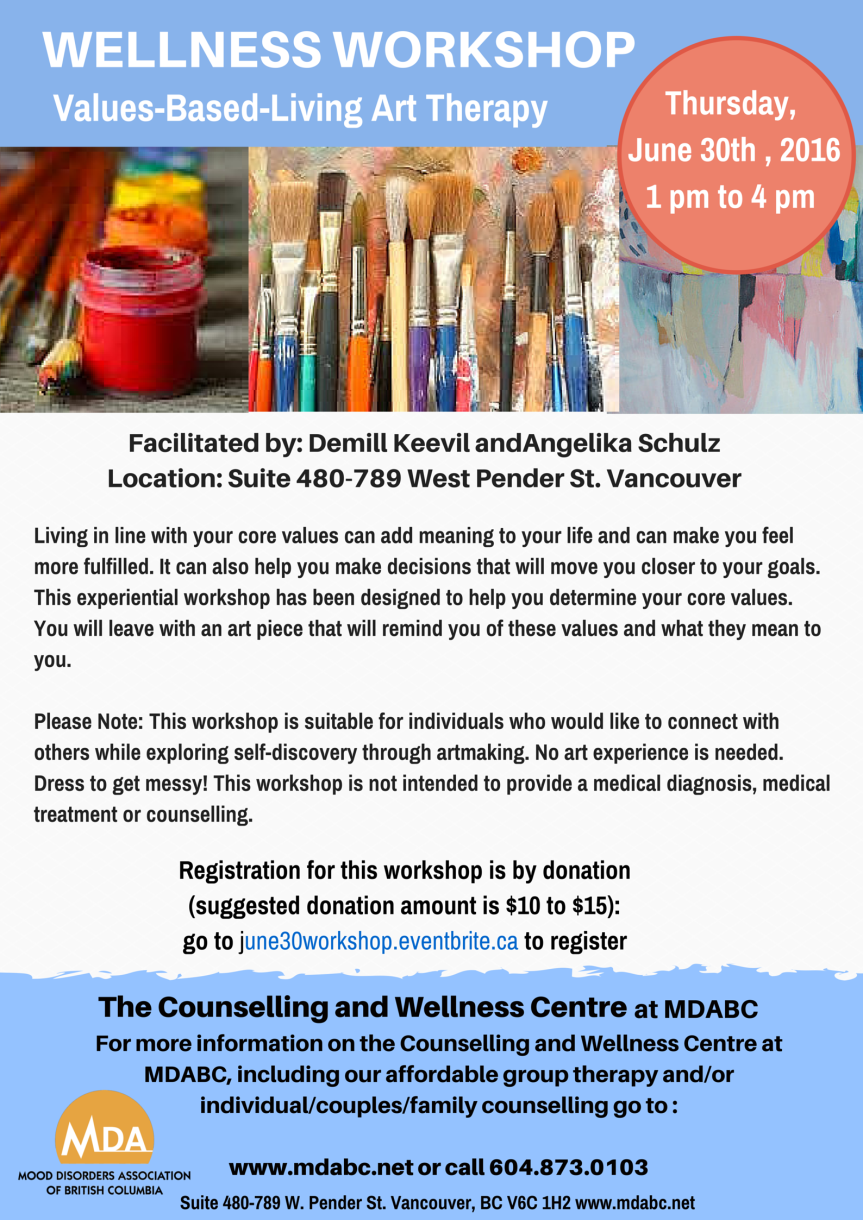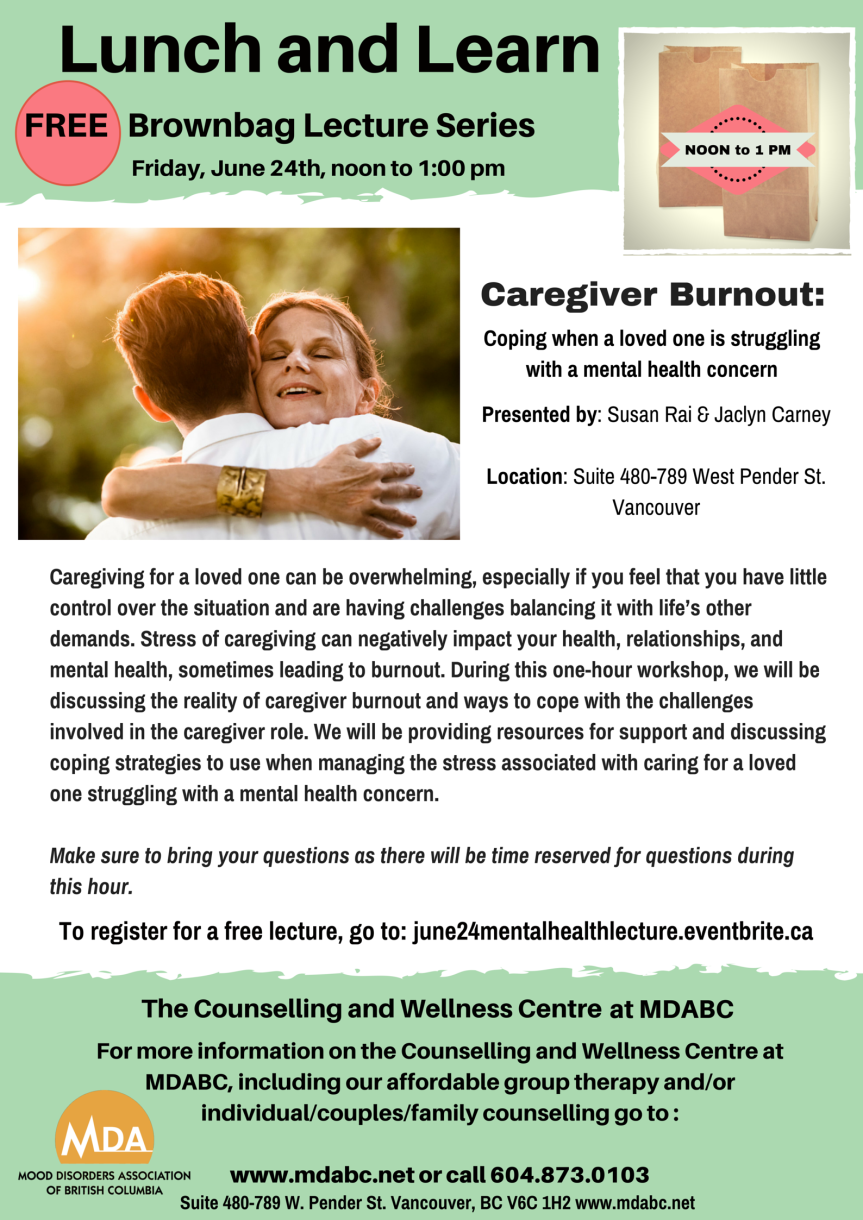
Do people often tell you that you are too hard on yourself? Do you have a critical inner voice that keeps telling you that you are a failure, a loser, or just not good enough? Are you willing to accept that your inner critic is not really your friend and that a lot of the stuff you are telling yourself is simply not true?
The study of self-compassion encourages us to accept that the self-critic exists in most of us but some of us just have self-critics that are meaner, nastier, and louder than others. Some researchers in self-compassion assert that we develop that self-critical inner voice to keep us safe and to avoid taking dangerous risks and when we look at it this way, it is possible to have compassion for that negative voice- it is trying to protect us but just going about it the wrong way!
If you feel that your inner critic’s harsh voice is contributing to feelings of depression, anxiety, or inferiority, here are some steps that you can take to minimize that voice:
Step 1 – Begin to develop an understanding of the commonality of human experience. What this means is that when we accept that everyone is flawed and imperfect in their own unique way, it is so much easier to accept our own flaws. We can see that perfection is unattainable, and that we all screw up sometimes, make the wrong choice, or say the wrong thing. We all suffer and feel pain.
When people tell me that they feel that they are weird or that they messed something up, I don’t try to tell them that they aren’t weird or that they haven’t made a mistake. Instead, I usually say, “yeah, you’re weird but so is everyone else” or “you may have made a mistake, it’s probably because you’re a human being and human beings make mistakes.”
Accepting that we aren’t perfect doesn’t mean that we stop growing, learning, and striving for our goals. It just means that we do our best within whatever limitations we are living with and don’t beat ourselves up when things don’t go the way we planned.
Step 2– Practice mindfulness. It’s amazing how much negative self-talk goes on just under your awareness. Becoming aware of the negative messages that you are telling yourself is essential to the process of getting more control over the emotional impact that the inner critic’s voice is having. Once you are aware of the voice, pay attention to it, and then remember that the thoughts you are having are not facts. Look for evidence that the message is inaccurate and that the voice is exaggerating, magnifying, or even fabricating the truth.
Step 3– Find balance in your life by developing a counter-voice to the inner critic. The counter-voice can be thought of as a compassionate friend who offers soothing, empowering messages while telling the inner critic to quiet down. Think of the way that you would speak to a child who is hurting and apply that voice to yourself.
Step 4– Visualize your compassionate friend. Writing the visualization down can be helpful. Think about what your compassionate friend might look like…. maybe it is a younger/older version of yourself or maybe it is an animal that you find beautiful and inspiring. Explore what your compassionate friend sounds like, and what tone of voice he or she uses. Most importantly, try to think of some of the things that your compassionate friend tells you when you are feeling like you need support and love.
An example of a compassionate message would be something like “ I know that you are feeling pain right now and, unfortunately, it’s a part of life to feel pain like this. You are going to get through this because you are strong and full of love and spirit.”
When you feel down or afraid, try to use this visualization and allow your compassionate friend to reassure you, soothe you, and allow you to feel loved and cared for.
Try this free Self-compassion Meditation with Anastasia Amour
By Polly Guetta
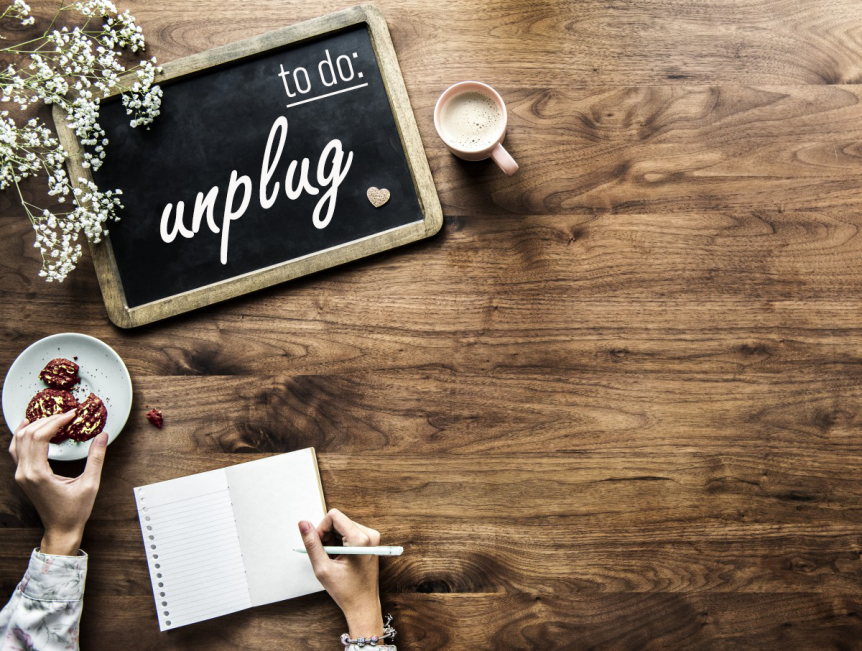
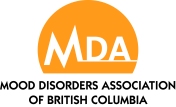




 This book is an amazing resource for anyone who does not have the time to go to a mindfulness therapy program or has been through the program but wants a clear structure of how to continue with the practice on their own!
This book is an amazing resource for anyone who does not have the time to go to a mindfulness therapy program or has been through the program but wants a clear structure of how to continue with the practice on their own!



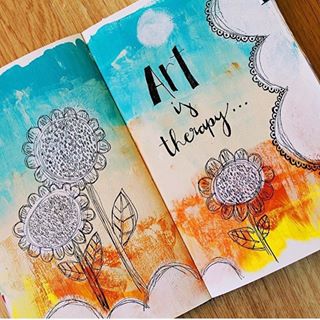 by Polly Guetta
by Polly Guetta